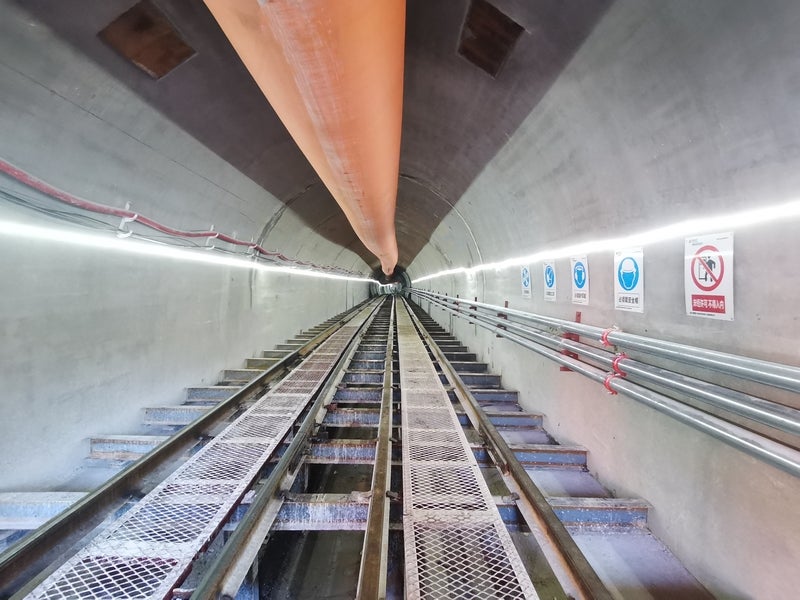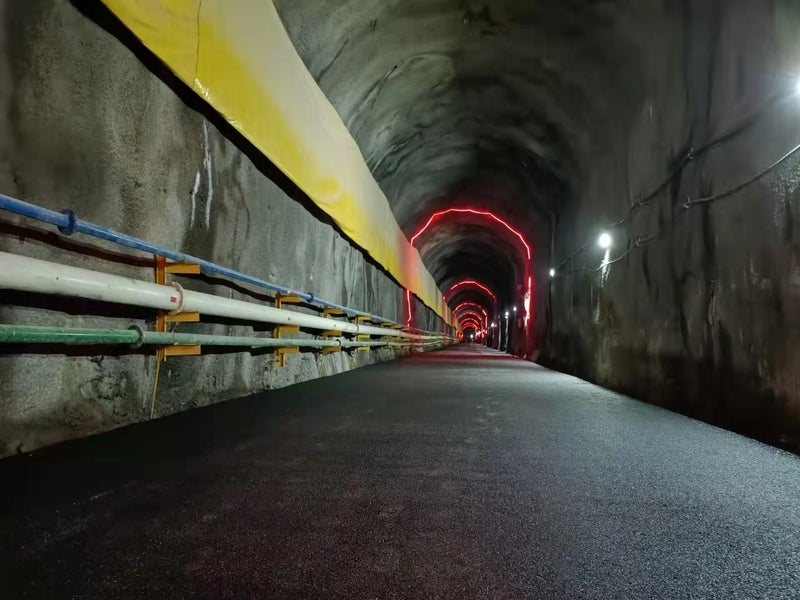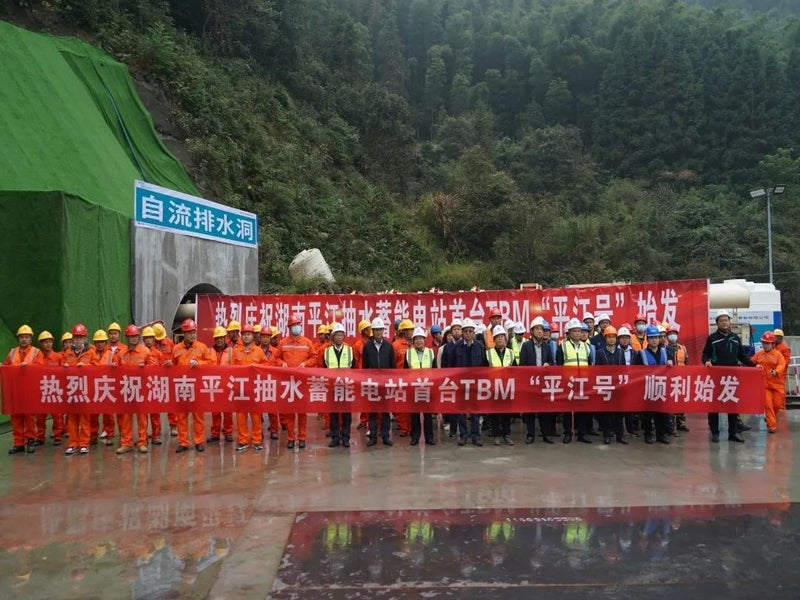The Pingjiang hydropower project is a 1.4GW pumped storage power station under construction in the Hunan province of China.
State Grid Xinyuan Company, a wholly-owned subsidiary of State Grid Corporation of China (SGCC), is developing the project with an estimated investment of £1bn ($1.4bn).
Pingjiang is the second pumped-storage power project in the Chinese province Hunan after the 1.2GW Heimifeng pumped storage plant, which has been operational since 2010. China’s National Development and Reform Commission (NDRC) approved the Pingjiang pumped storage project in 2014.
Main construction works on the project started in August 2019 and the first pump turbine unit is expected to come online by July 2026. The remaining three units are scheduled for commissioning in 2027.
At full capacity, the Pingjiang pumped storage hydropower station is estimated to consume up to 1.4 terawatt-hours (TWh) of surplus electricity a year to pump water to the upper reservoir for storage and generate up to 1TWh of electricity a year by operating in turbine mode during peak demand.
Location and site details
The Pingjiang pumped storage power station is being developed on the Fushou Mountain near Fushoushan, in Pingjiang county, Hunan province, China. The project site lies 135km away from Hunan’s capital Changsha.
The upper reservoir of the project will be in the Fushoushan National Forest Park, whereas the lower reservoir will be located at Jixing in the Fushoushan township.
Reservoir and dam details
The upper reservoir will be created by constructing a 52-high dam. It will have 6.3 million cubic metres (Mcm) of effective storage volume at a normal water level of 1,062m.
The lower reservoir, located 2.3km away from the upper reservoir, will feature a 70.5-tall dam and have an active storage capacity of 6.2Mcm at a normal water level of 415m.
Pingjiang pumped storage power station make-up
The Pingjiang pumped storage power station will be equipped with four 350MW power units, each of which will consist of a reversible pump turbine placed in an underground powerhouse. The power plant will be designed to operate at a water head of 685m.
Other components of the project will include a water delivery system connecting both the reservoirs via the underground powerhouse, a switch station, a 3.9kmm long drainage tunnel, and ventilation and safety tunnels.
Construction equipment and infrastructure facilities
The construction equipment and infrastructure being used for the project include a tunnel boring machine (TBM), sand and gravel processing unit, concrete mixers and a steel bar processing plant.
A 110kV substation has been built to supply power to the construction site. An accommodation camp, workshop, and construction and material yards have also been developed at the site to facilitate construction works.
Power evacuation
The electricity produced by the Pingjiang pumped storage power station will be evacuated into the Hunan power grid through a 500kV transmission line.
Contractors involved
Sinohydro Bureau 8 won the bid to construct access roads, upper reservoir spillway and the flood and sand discharge tunnels for the lower reservoir of the project in January 2019.
Sinohydro Bureau 8 is a subsidiary of Sinohydro, which is the hydropower division of the state-owned Power Construction Corporation of China (Powerchina)
China Aneng Group First Engineering Bureau is responsible to construct the inlet and outlet structures of the upper reservoir.
China Railway Construction Heavy Industry delivered a 75m-long TBM for the project.
General Institute of Water Resources and Hydropower Planning was engaged to perform site survey, whereas the Central South Institute, a national university located in Changsha, Hunan, provided an advanced ecological flow monitoring system for the project.





